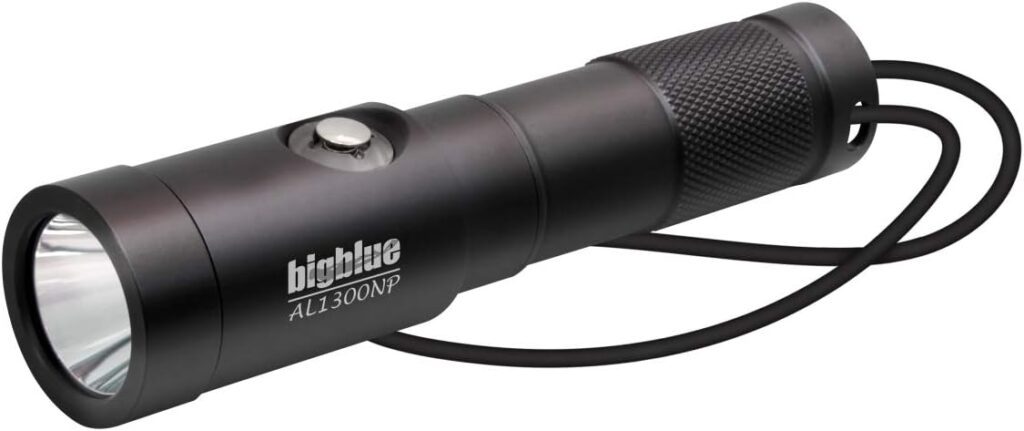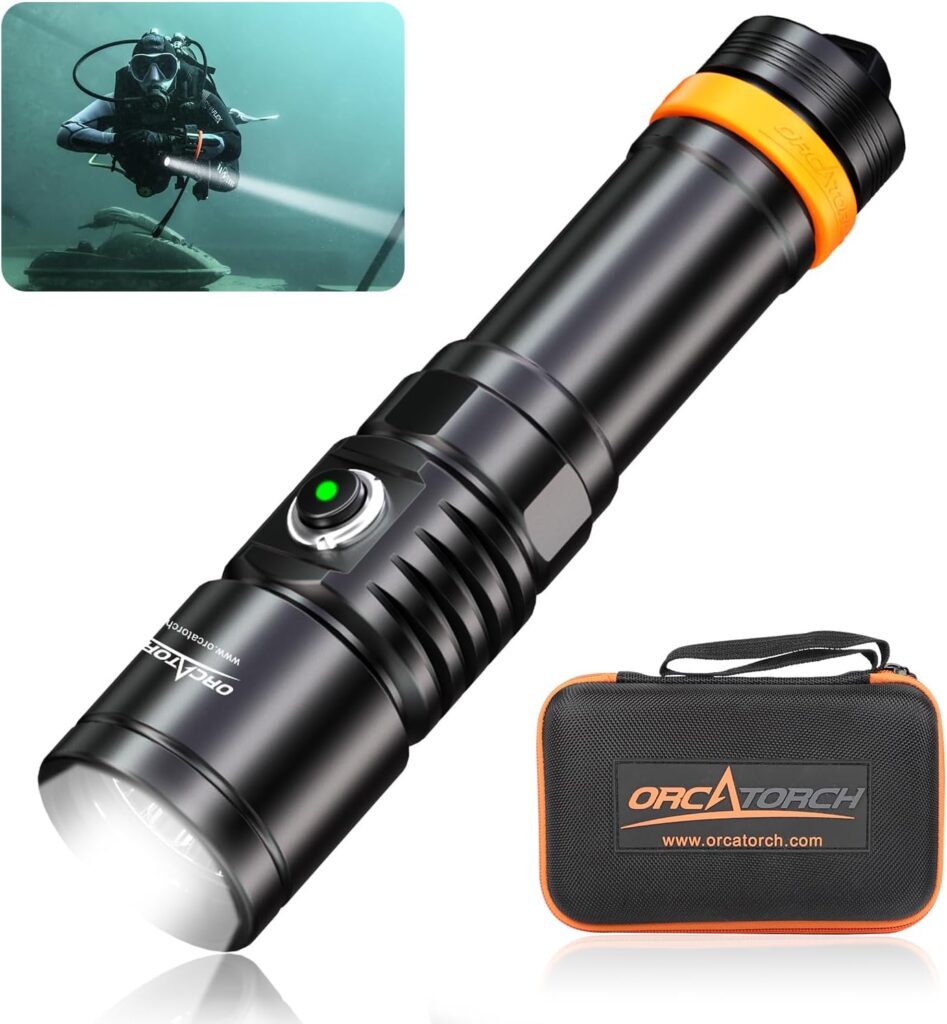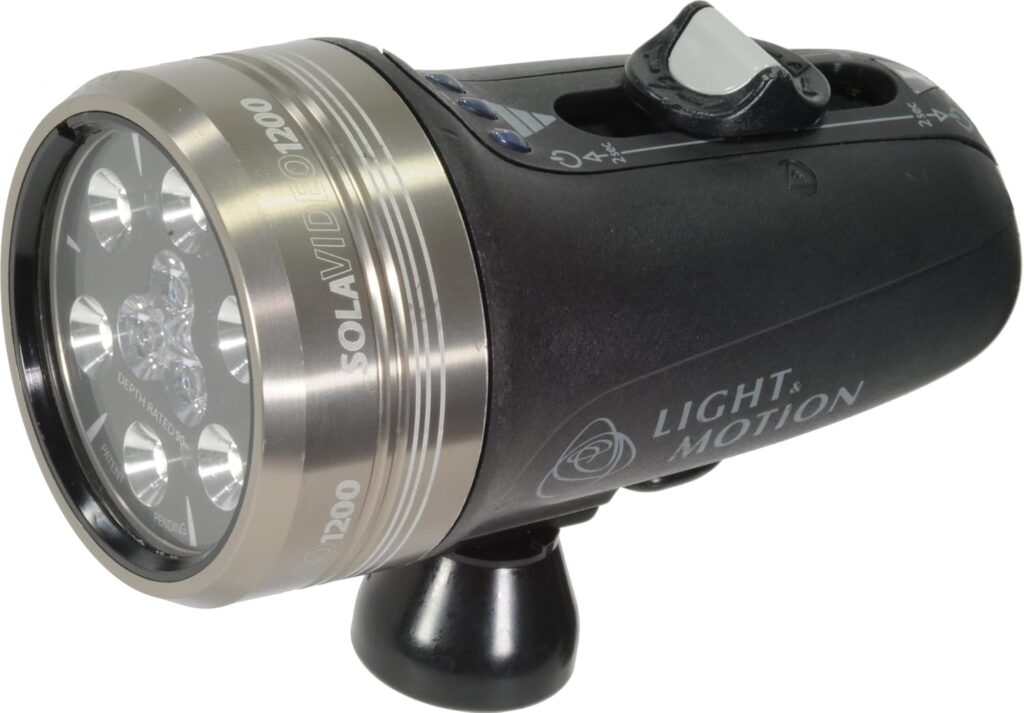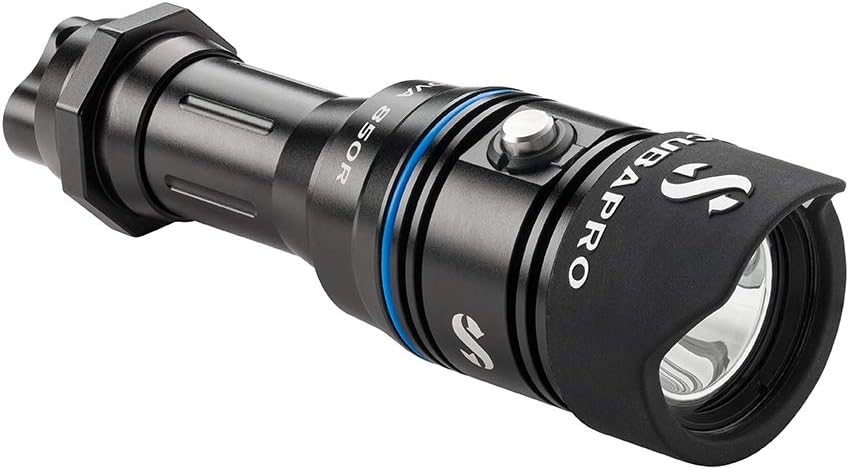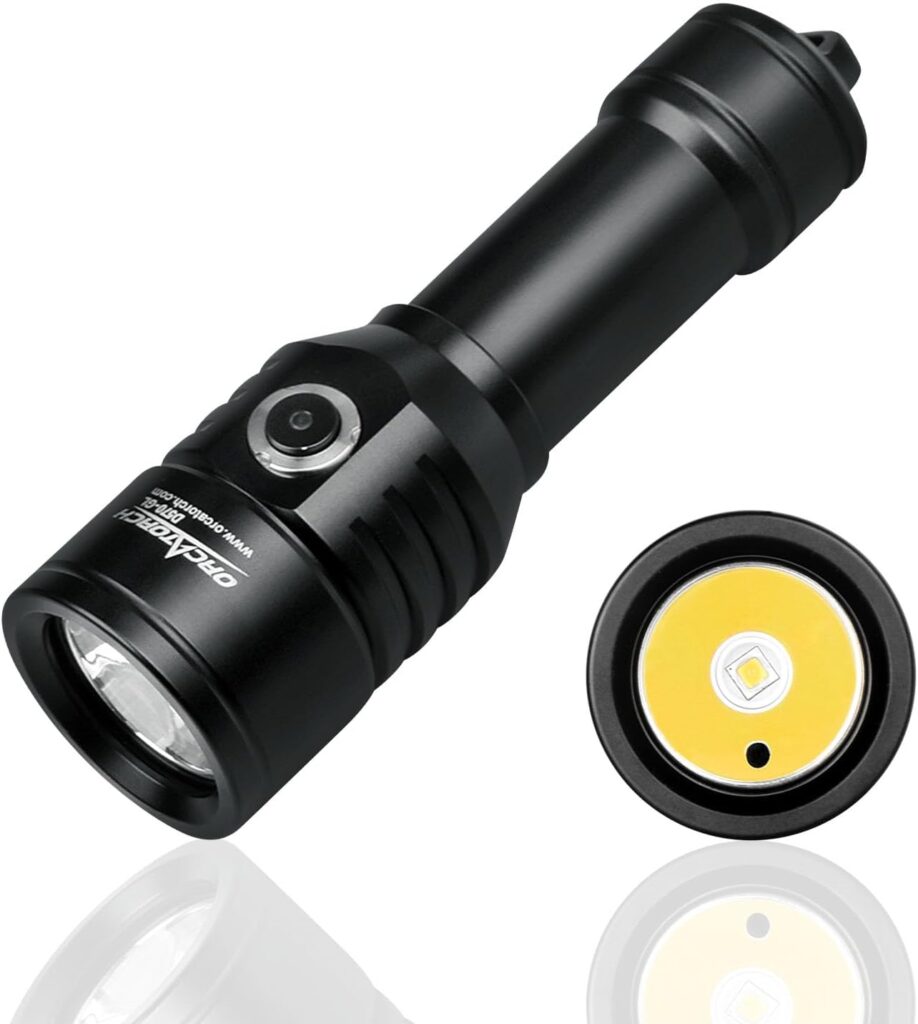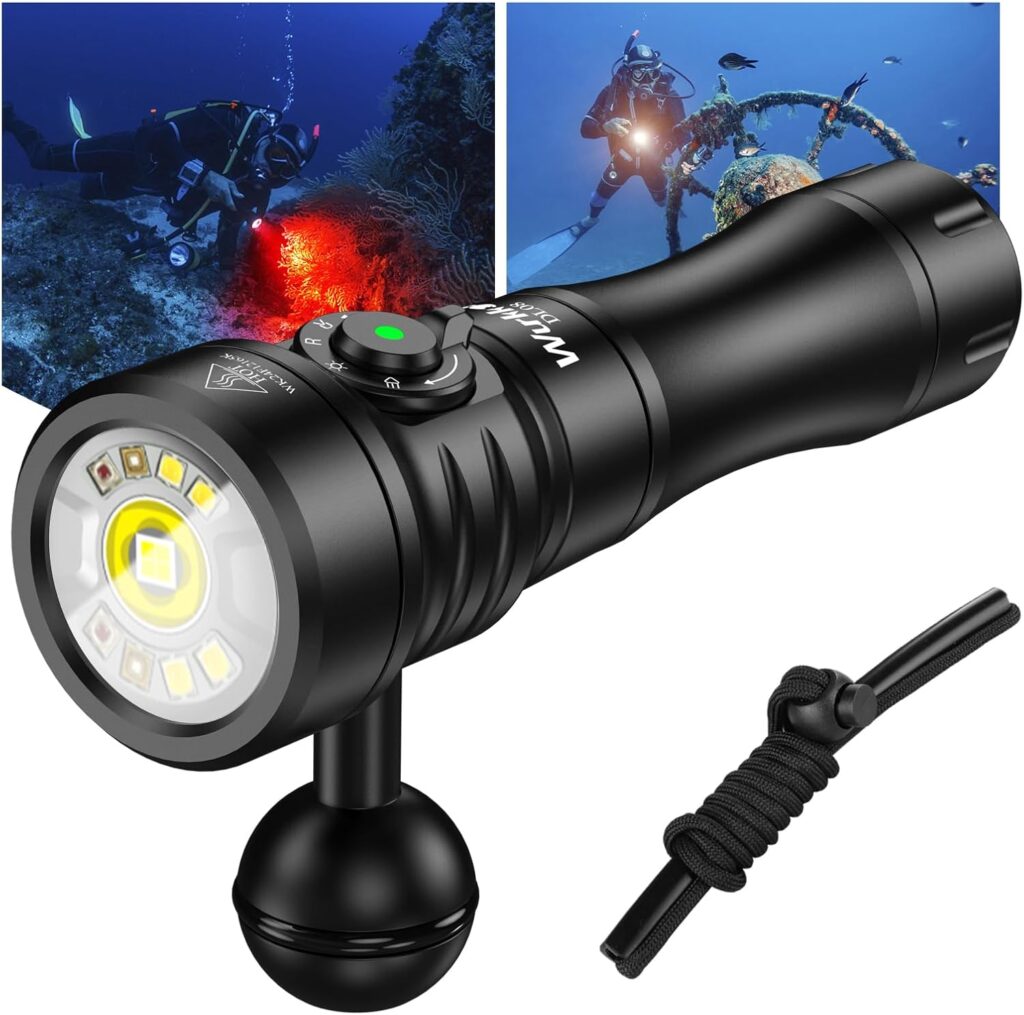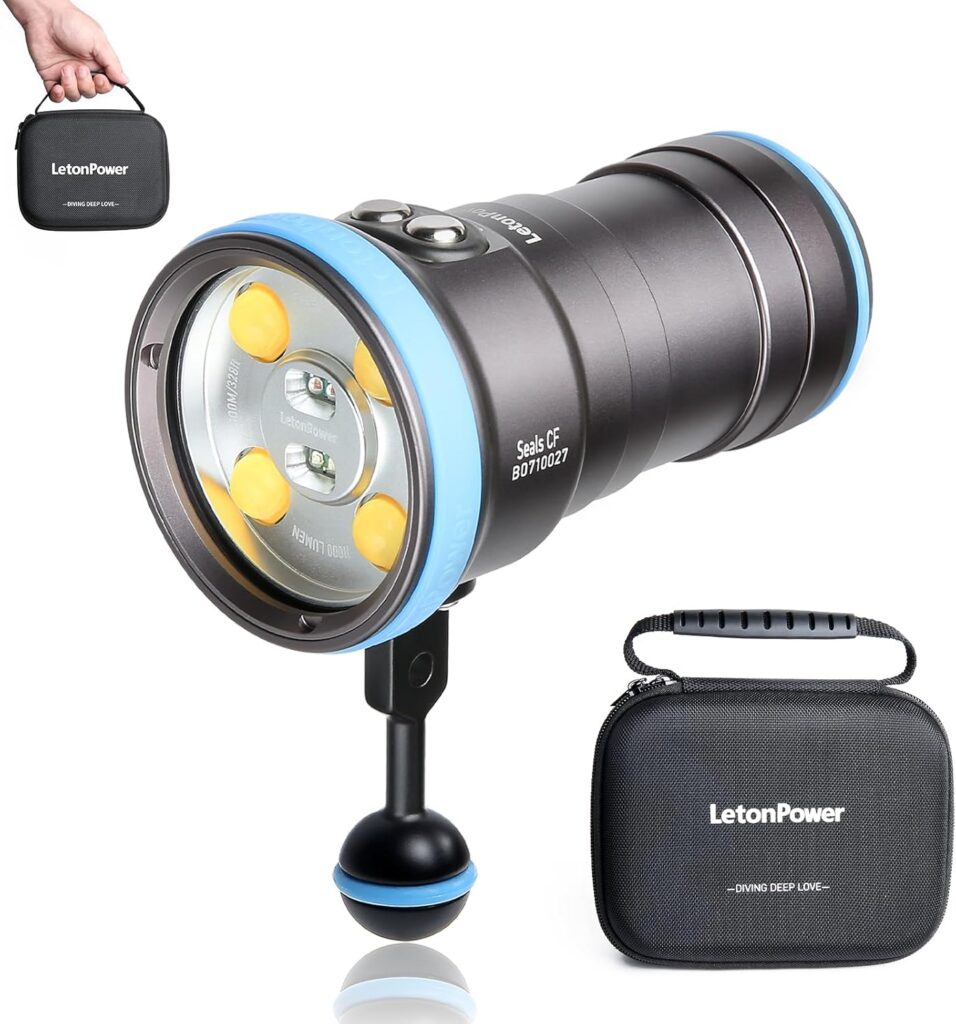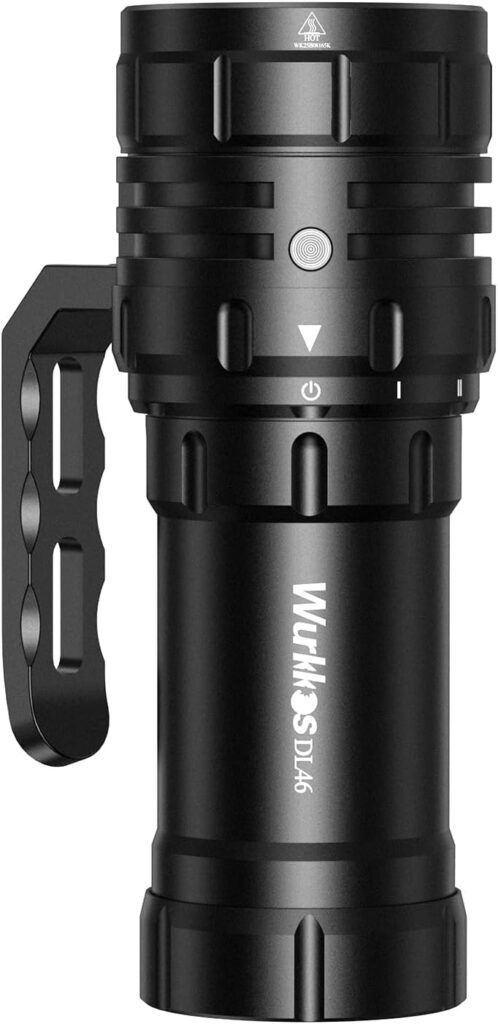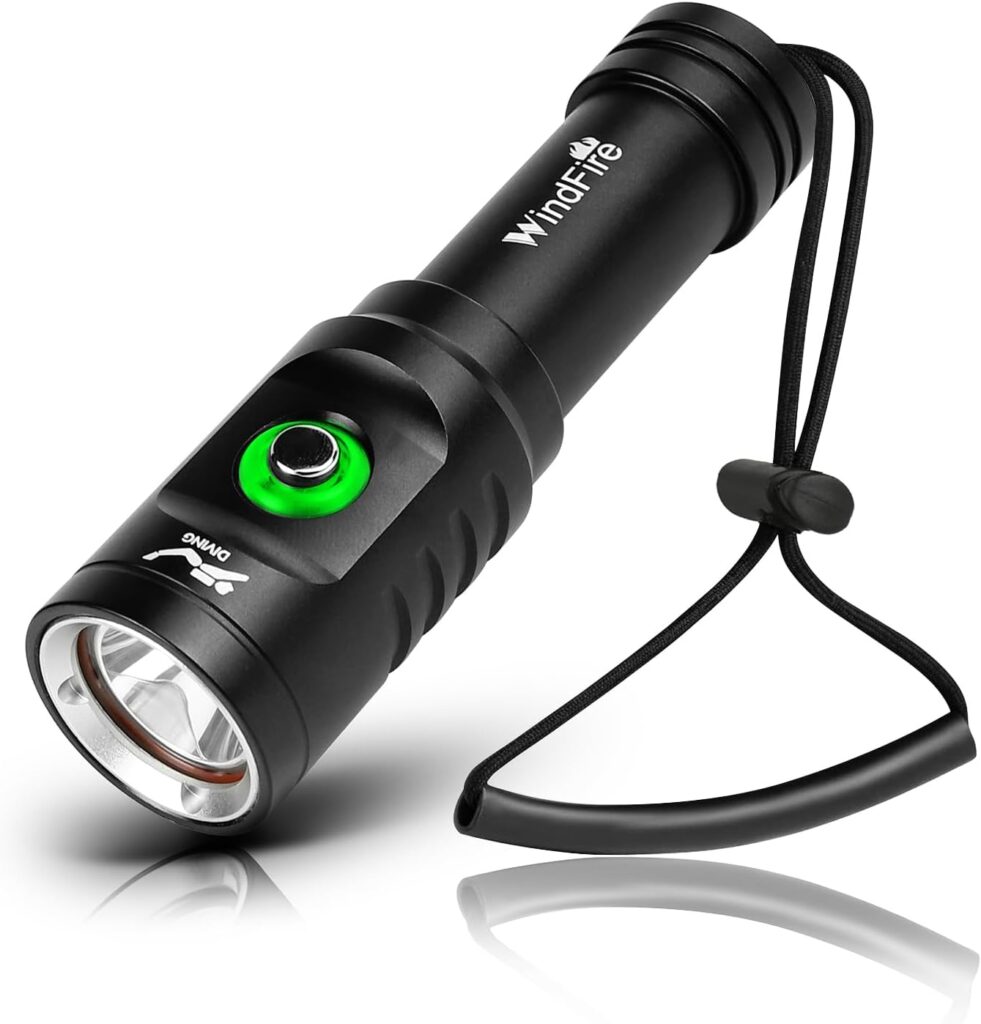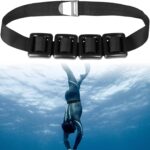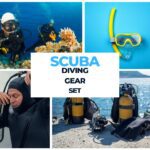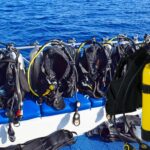10 Best Scuba Dive Lights
Let’s be real. If your dive buddy tells you they can navigate a night dive by moonlight alone, you either met Poseidon or someone who mistook a night club story for a scuba briefing. Best scuba dive lights are not just luxury gadgets for gearheads; they’re lifelines, communication tools, and your underwater eyes when the sun checks out.
And in case you were wondering, no, duct-taping your phone flashlight to a snorkel doesn’t count. So, what exactly are the best scuba dive lights?
It depends on your dive style, experience, budget, and the kind of underwater adventure you’re into. But a solid dive light should check several boxes: power (lumens), burn time, beam angle, durability, size, and reliability.
What Are the Best Scuba Dive Lights?
Right out of the gate, if you’re just looking for a short list and don’t want the full deep dive (but why would you stop here?), here are five top-performing models that hit high marks across various dive conditions:
- BigBlue AL1300NP-II – Best all-around light for recreational divers. 1300 lumens, narrow 10° beam, compact, and built like a tank.
- OrcaTorch D710 – Best value for power. 3000 lumens, USB rechargeable, and tactical grip.
- Light & Motion Sola Dive 1200 – Best for photo/video. Adjustable beam angle (12° to 60°) and flood mode.
- Scubapro Nova 850R – Best reliability. Rugged, intuitive, and compatible with gloves.
But picking from a top 4 isn’t enough. Each diver’s needs are different, and the underwater world has a funny way of exposing equipment flaws when you least expect it. So, let’s break this down by what actually matters to divers .
The Best Scuba Dive Lights
Looking for the best scuba dive lights that don’t disappoint midway your dive adventure? Check these out:
1. Bigblue AL1300 Lumen Narrow Beam Dive Light
This compact dive light delivers a strong 1300-lumen output with a focused narrow beam ideal for night or murky dives. Built with aluminum housing and simple push-button control, it’s user-friendly and travel-ready. Its reliability and beam sharpness make it a favorite among recreational divers.
Pros
- Crisp 10° beam ideal for low-visibility dives
- Solid 1300 lumens for primary use
- Rechargeable Li-ion battery included
- Anodized aluminum body for durability
- Easy to mount on camera or BCD
Cons
- Not suitable for wide-area lighting or video
- Battery indicator is very basic
2. ORCATORCH D710 Scuba Diving Light (3000 Lumens)
Powerful and compact, this torch offers a stunning 3000-lumen output with a razor-sharp 6° beam perfect for wreck or cave penetration. Its magnetic tail switch provides secure, one-handed operation even with gloves. Crafted for serious depth, it’s IP68 rated for 150m submersion.
Pros
- Extremely bright for its size (3000 lumens)
- Narrow beam ideal for signaling and caves
- Built-in overheat protection
- Strong depth rating (150 meters)
- USB rechargeable battery with safety features
Cons
- Beam may be too focused for general reef viewing
- Not the longest burn time at full brightness
3. Light and Motion Sola Video Light (1200 Lumens)
Specifically designed for video and photography, this light delivers a wide, uniform flood beam with excellent color rendering. The magnetic slider switch makes brightness control effortless underwater. Built with a factory-sealed body, it eliminates flood risks.
Pros
- Wide-angle 60° beam perfect for videography
- Soft, balanced lighting with high CRI
- Factory-sealed design prevents flooding
- Compact and lightweight
- Fast charging with long-lasting lithium battery
Cons
- Not suitable as a primary dive light for signaling
- Pricier compared to other 1200-lumen models
4. SCUBAPRO Nova 850R Diving Light
The Nova 850R provides a focused, powerful beam in a rugged and no-nonsense design built for frequent divers. With 850 lumens and a clean beam profile, it’s ideal for night diving and low-vis conditions. The build quality is premium, as expected from Scubapro.
Pros
- Excellent durability and underwater reliability
- Focused 8° beam cuts through poor visibility
- Good battery efficiency
- Strong brand reputation in dive gear
- Push-button switch easy to use with gloves
Cons
- Beam might be narrow for some reef dives
- Not rechargeable—batteries must be purchased separately
5. ORCATORCH D570-GL 2.0 (2-in-1 Signal + White Light)
This dual-beam torch features a white 1500-lumen flood light and a 1000-meter green laser, making it ideal for instructors or signaling in dark environments. Built for rugged use, it combines utility and innovation in one compact unit. The green beam is highly visible even in low-vis water.
Pros
- Dual beam function: white light + green laser
- Ideal for dive leaders and tech dives
- Rechargeable battery with runtime options
- Easy-to-use side switch
- Durable aluminum alloy construction
Cons
- Green laser may not be useful for casual divers
- Slightly bulkier than standard lights
6. Wurkkos DL08 (3600 Lumens + Red/UV Light)
An impressive all-in-one light offering bright white, red, and UV outputs with stepless brightness control. It’s suitable for photographers, night divers, and marine life viewing without disturbing creatures. Build quality is solid, and it comes with a powerful 5000mAh battery.
Pros
- Multi-spectrum light: white, red, UV
- Bright 3600 lumens max output
- Infinite brightness adjustment
- Rechargeable 5000mAh battery
- Durable design with IP68 rating
Cons
- Slightly large for recreational divers
- Red/UV modes drain battery faster
7. Leton Power Seal CF 6000 Lumen Dive Light
Made for underwater photography, this 6000-lumen light provides an ultra-wide 120° flood beam with a 96 CRI, offering excellent color accuracy. The beam is smooth and ideal for capturing large subjects or reef scenes. It’s designed with professionals in mind and performs accordingly.
Pros
- Exceptionally wide and even beam for video
- High CRI for true-to-life colors
- Intense 6000-lumen brightness
- Rechargeable and adjustable output
- Depth-rated to 100 meters
Cons
- Too wide and bulky for casual night dives
- Shorter runtime on full brightness
8. Tovatec T3500S Dive Light (3500 Lumens)

This spot-style light boasts a tight, high-intensity beam with 3500 lumens, great for deep dives and visibility in murky water. A lanyard and padded box make it easy to carry and store. Reliable and bright, it suits technical divers or those needing serious punch.
Pros
- Strong 3500-lumen narrow beam
- Built-in pressure relief valve
- Comes with lanyard and storage case
- Solid build and waterproof integrity
- Great for cave or wreck diving
Cons
- Beam too narrow for wide-angle reef lighting
- Relatively heavy for its size
9. Wurkkos DL46 Dive Light (20,000 Lumens)
This beast of a flashlight is designed for hardcore divers seeking max illumination with 6 XHP50 LEDs and 20,000 lumens. It’s rechargeable via USB-C and offers three brightness modes. While it’s not compact, the lighting power is unmatched for wide-area visibility.
Pros
- Insane 20,000-lumen output
- USB-C rechargeable with power indicator
- Multiple brightness modes
- Ideal for large, dark environments
- Durable aluminum casing
Cons
- Bulky and heavy
- Short runtime on max setting
10. WINDFIRE Dive Light – Rechargeable 3-Mode Torch
Simple and functional, this light offers 3 brightness modes and a rechargeable battery in a durable, waterproof design. It’s great for casual night dives or as a secondary light. The power indicator is a helpful touch for avoiding surprise battery failures.
Pros
- Affordable and functional
- Rechargeable with power indicator
- Waterproof and durable design
- Three lighting modes for flexibility
- Lightweight and easy to pack
Cons
- Not ideal for professional or deep divers
- Limited beam control
Lumens, Beam Angles, and Battery Life Explained
You’ll hear the term “lumens” tossed around like confetti in dive shops. It simply refers to how bright a light is. But don’t be fooled into thinking high lumens equals better visibility. It’s about how that brightness is delivered.
- 200–500 lumens: Good for backup or close-up tasks
- 600–1200 lumens: Sweet spot for recreational divers
- 1500–5000+ lumens: Ideal for night diving, wrecks, and caves
Beam angle is where many divers get tripped up. A narrow beam (~10° to 15°) punches through murky water and is perfect for signaling. A wide beam (~60° or more) floods your surroundings and is best for photography or reef exploration.
Battery life is often exaggerated by manufacturers. A light claiming 2 hours at full power might dip to half output well before.
Lithium-ion rechargeables win here, offering consistent performance and fast recharging. Many of the best dive lights now come with USB-C ports for in-field recharges between dives.
Matching Dive Lights to Dive Types
No one uses a scalpel to chop firewood, and the same logic applies underwater. The best scuba dive lights are matched to the kind of diving you do.
1. Night Diving:
Go for 1000+ lumens with a narrow beam. It cuts through the black and helps with signaling your buddy. Bonus points for a light with strobe mode.
2. Wreck and Cave Diving:
These require power, rugged build, and long burn time. You need 1500+ lumens, a narrow beam, and a dependable switch system. Wrecks eat lights for breakfast.
3. Low Visibility or Silt:
A narrow, focused beam will reduce backscatter in murky water. Keep it under 20°.
4. Day Diving in Tropical Waters:
Yes, lights still help! Bring a compact scuba diving torch with 600+ lumens to see into holes and coral crevices.
Compact Yet Powerful: The New Breed of Dive Lights
Modern tech means you don’t need a submarine battery pack for solid performance. Models like the OrcaTorch D710 and Tovatec Fusion 1050 prove that compact lights can still be blindingly effective.
These lights are palm-sized, fit easily in BC pockets or clip to D-rings, and pack enough juice for a full dive. They make great backup dive flashlights, too.
Rechargeable vs Disposable: The Power Struggle
Rechargeables are the new norm for serious divers. Most USB-chargeable models are more eco-friendly, cheaper over time, and offer steadier power.
Disposable batteries, usually AA or CR123, are great for backups but can be unreliable and wasteful. For remote dive sites with no power, spares are a must.
Air travel note: Lithium-ion batteries are allowed in carry-on, but always check local airline rules.
Durability and Waterproofing: What Makes or Breaks a Dive Light
A diving light isn’t truly scuba-rated unless it’s depth-tested to at least 100 meters. Look for IPX8 ratings or real-world depth tests from reviewers.
Aluminum bodies resist saltwater corrosion. Double O-rings, magnetic switches, and sealed charging ports make for a flood-resistant design. Drop tests? Consider them free entertainment on YouTube.
Mounting Options: Hands-Free or Handheld?
- Wrist straps: Great for compact models, easy access, less entanglement
- Hand mounts (Goodman handles): Ideal for technical or wreck divers
- Helmet or camera mounts: Essential for photographers and videographers
Budget vs. Premium: What Can You Really Expect?
You can find solid dive flashlights under $100, like the Tovatec Fusion line. But if you’re diving frequently, in rough conditions, or rely heavily on your light (like in wrecks or night dives), consider the $200–$400 range.
Higher-end lights like BigBlue, Scubapro, or Light & Motion offer better beam control, battery management, and warranty support. Worth every penny if you need reliability.
Backup Lights: Because Murphy’s Law Applies Underwater
Your main dive light can fail. It’s rare, but it happens. And when it does, you’ll be glad you have a backup.
A good backup scuba light is:
- Compact (fits in BCD pocket)
- Bright enough (300+ lumens)
- Simple interface (on/off, no frills)
- Uses either AA batteries or internal rechargeable cell
Travel Tips: Flying with Dive Lights
Yes, you can fly with dive lights. Just follow these tips:
- Remove lithium batteries and carry them onboard
- Use cases that isolate terminals
- Avoid packing them with wetsuits or wet gear
If you’re heading out to capture coral gardens or reef creatures, also bring your Waterproof Camera and make sure your lighting matches the camera’s needs.
Common Dive Light Mistakes to Avoid
- Ignoring beam angle: Lumens mean little if the beam is too wide for the conditions.
- No backup light: A rookie mistake.
- Buying cheap online knockoffs: Many fail at 20 feet, let alone 100.
- Not rinsing post-dive: Salt kills gear. Rinse with fresh water and dry before storing.
The Bottom Line on Best Scuba Dive Lights
Whether you’re night diving in Cozumel, Florida, exploring wrecks off Malta, or doing your first open water certification in Bali, having one of the best scuba dive lights in your BCD pocket is non-negotiable. Your safety, your enjoyment, and your situational awareness all depend on it.
Buy smart, maintain your light, and always test it before you splash. If you’re just getting started and want to learn how to properly explore underwater, check out our expert-backed guide on How to Snorkel Underwater before upgrading to full scuba.
